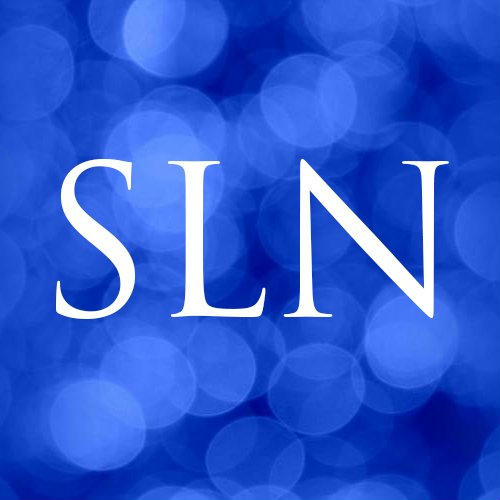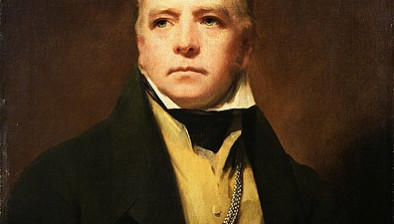Letter: Reforming eyewitness identification procedures

Dear Editor,
The reflections by Thomas Ross QC on William Beck’s fight to clear his name rightly focused on the problematic nature of eyewitness identification evidence. The potential for miscarriages of justice inherent in this type of evidence is of concern in many jurisdictions.
DNA analysis shows that eyewitness misidentification have featured in more than half of all wrongful convictions in the US. Mr Beck’s case is one of several cases in which the Lord Advocate’s Guidelines on the Conduct of Visual Identification Procedures were not followed. These guidelines do not have statutory force, and the appeal court has stressed their non-binding nature.
This is set to change: section 57 of the Criminal Justice (Scotland) Act 2016 now requires the Lord Advocate to issue a Code of Practice on the conduct of identification procedures. Once the new code comes into operation, the courts must take its requirements into account “when determining any question arising in the proceedings to which the Code is relevant.” (s 57(7)).
This is a welcome reform. There is a wealth of empirical data which should be consulted and applied to improve Scottish practice in this area. Having researched codes in several jurisdictions, I suggest that the new Scottish Code should:
- make clear that suspects have a right to have a solicitor present during such procedures;
- require a minimum of eight stand-ins. The current guidelines allow as few as five stand-ins, as occurred in William Beck’s case;
- use ‘double-blinding’ procedures: the officer who shows the images to the witnesses should not know which of these images is that of the suspect;
- require that the whole process be video recorded to allow the trial court and the appeal court to assess an ID parade’s fairness: for example, do the stand-ins bear any resemblance to the suspect?.
Where the code’s requirements have been breached in a way which calls into question the accuracy or fairness of any identification, the Crown should have to establish at a pre-trial hearing that the identification evidence is nonetheless reliable.
Pamela Ferguson
Professor of Scots Law
University of Dundee







